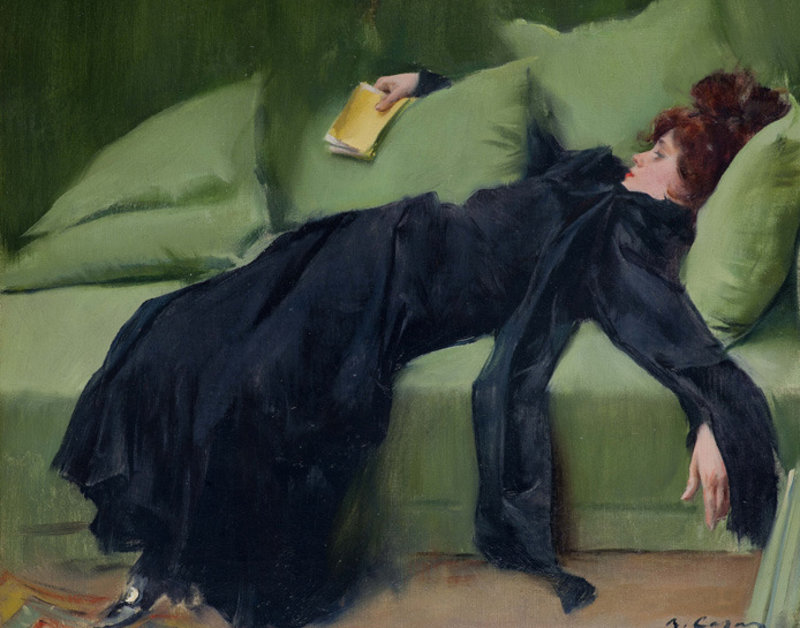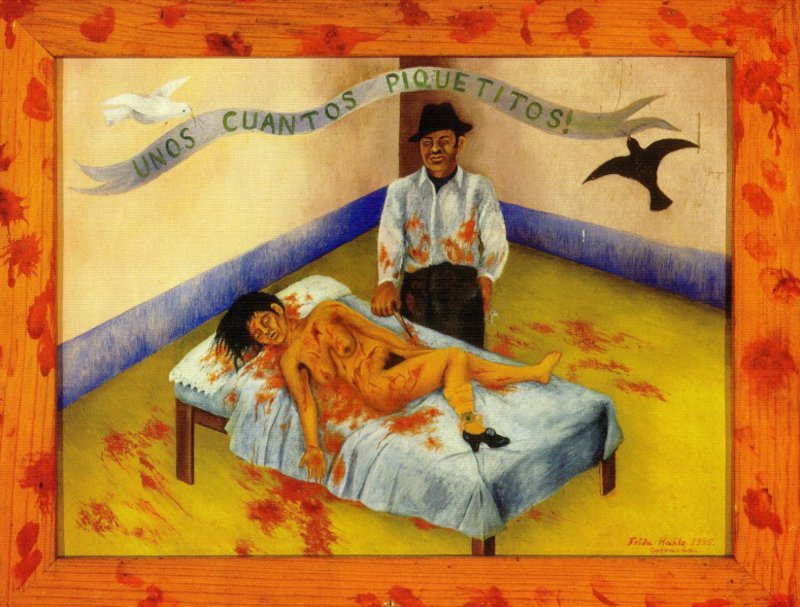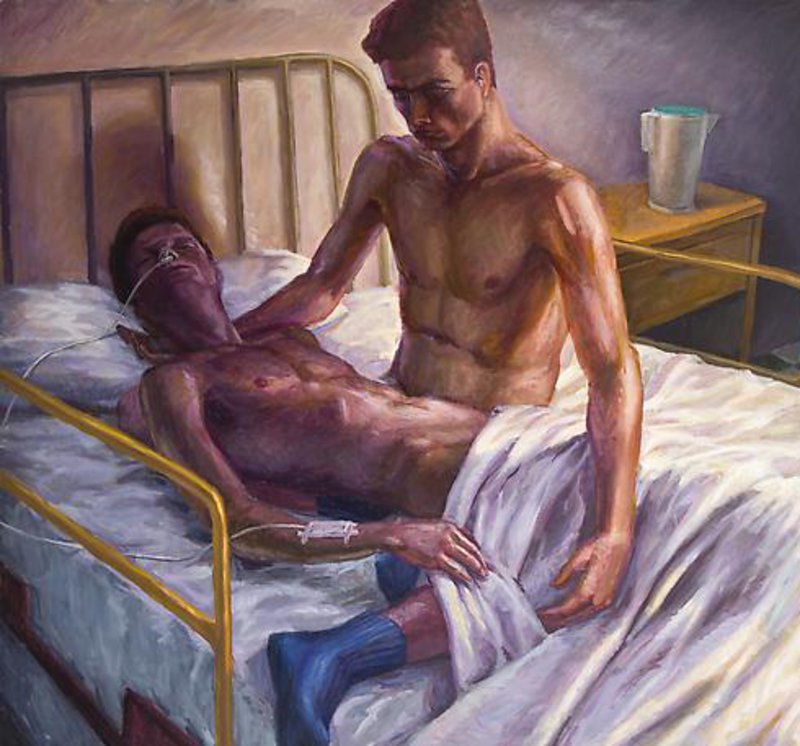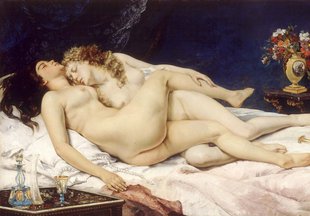The art of being at home
Two art historians have built an artistic website as a virtual imaginary museum of artworks set at home. QuedAR’T a casa shows more than one thousand ways to stay at home
Art is a lie that brings us closer to the truth.“ It doesn’t matter when Picasso wrote this, today his words are a revelation. And an emotional and spiritual comfort in these hard times of seclusion and forced isolation because of the coronavirus health measures. Picassos’ illuminating quote could also be the motto for the project QuedAR’T a casa, a gallery of works set in the domestic universe, brought together on a website by the art historians, Maria Garganté and Manel Trenchs.
“This initiative was born as a reflection of the exceptional circumstances that we are experiencing. And its aim is to empathise,“ argues Garganté, who rushed to develop the website on the first weekend of the quarantine restrictions. Like so many people overwhelmed by the suddenness of the situation, in those moments so full of uncertainty and disorientation, the art historians were seized by a “deep melancholy”, and so they resorted to art to save them. And they were saved, by a survival strategy that Maria, from Terrassa, and Manel, from Trenchs, Mataró, created as a digital art platform (in Catalan, Spanish, English and soon in French, Italian, Russian, Danish, and Swedish), with 1,200 images showing an array of people at home.
Alone, with children, eating, sleeping, reading, writing, lounging, having a coffee or a tea, or looking out of the window to the outside (now forbidden). “Art can help us find reference points. It can help us see ourselves in it,“ Garganté explains.
It is difficult these days not to feel represented by the unsettling stillness of an Edward Hooper painting. Or by the silence, loneliness and absence of an interior by Vilhelm Hammershøi. And, the real victims of the Covid-19 drama recognise themselves in the suffering of Hugh Auchincloss Steers, who portrayed himself in his bedroom in his last battle with AIDS.
Justice for women artists
QuedAR’T draws from the legacy of western modern and contemporary artists, above all figurative painting and some photographs, to create an imaginary museum of homemade works of art “of infinite nuance“. It also marks a difference with actual museums, all closed for almost two months and without any hope of reopening any time soon. In this online space, virtual, female creation enjoys the equality which has historically been denied it. More than a third of the pieces are by female artists.
The perspective of genre runs through it all, Garganté points out. And this endows the project with a healthy critical spirit, which is very useful for addressing the role that has traditionally been assigned to women – in charge of the daily household chores, an overexploited cliché in art.
The selection has also been made with sensitivity towards sexual and affective diversity and to bodies outside the norm. At the same time, it does not leave out the most uncomfortable realities of this quarantine and the concept of the house as a hostile territory. “The home might not always be a refuge, it can also be a place of conflict, of oppression and abuse; having a house doesn’t mean having a home,“ says Garganté.
Of all the sections (about 20), the one on the hell house has been hardest to build, he admits. An effort was made to go beyond the paradisiac gardens of Santiago Rusiñol. They worked to give visibility to the violence against women in Frida Kahlo’s paintings or of Ana Mendieta’s photographs.
Accompanying texts
Staying home to avoid a cruel pandemic hides more than one truth, all complex but some especially tragic, and the lie of art can also bring them closer to us. Hence the importance that the creators of this visual proposal have given to the text that accompanies the pieces, to go beyond appearances and stereotypes. A small seductive and evocative piece of writing precedes the walk through each of the blocs. To the one dedicated to the toilette, showing art by Antoni Fabrés, Antonio López, Berthe Morisot, Toulouse-Lautrec, Ramon Casas, Picasso, and Robert Mappelthorpe, we read: “Bath time is the real moment of the body. The moment of truth that the mirror returns to us, which nevertheless also deceives us with false promises often made of fireworks, sequins and fine fabrics. Seeing ourselves well and taking care of ourselves is like a commandment and an alliance with the self. It is taking care of ourselves by pausing in the middle of stress, and the dry and ugly reality. Be lenient, not too relentless to know how to enjoy stopping and noticing water droplets dripping on your skin or evaporating. The moment of the body tells us – always in intimate dialogue – that our carcass is perhaps the only thing we really have. For some, the body will be a temple and for others a simple hut: our house of the soul, made of mortal flesh.“ Home and body, inseparable now and forever.
The website also has a fun section that invites people to emulate their favourite paintings. Artistic challenges are a phenomenon on social media these days. QuedAR’T a casa already has a bank of over a hundred of these challenges submitted by its followers. At this point, what matters least is whether art mimics life or if it is a case of life imitating art.
art








